Inspire™ IR Automated Ultrafast Optical Parametric Oscillators
Overview
The Inspire™ IR OPO delivers a wide, gap-free tuning range from 1000 nm to 1580 nm. Pumped with the Mai Tai® HP ultrafast Ti:Sapphire laser, the system also provides exceptionally high power across the full range. The Inspire IR OPO features user-friendly, computer-controlled tuning in a sealed hands-free package. The system’s robust design ensures high stability and insensitivity to ambient temperature change.
- Wide, gap-free tuning from 1000 nm to 1550 nm
- Accepts a wide range of pump wavelengths
- Highest output power in the near IR
- Fully-automated, computer-controlled tuning
Products
Applications
- Bio-Imaging
- Coherent anti-Stokes Raman Scattering Microscopy (CARS)
- Two-Photon Fluorescence Microscopy (2PF)
- Three-Photon Fluorescence Microscopy (3PF)
- Multiple wavelength pump-probe experiments
- Ultrafast Spectroscopy
- Time-resolved spectroscopy
- Vibrational overtone spectroscopy
- Semiconductor research and spectroscopy
- Data Communications
Specifications
Output Characteristics
| Pump Tuning Range | 720-820 nm | |
| Pump Wavelength | 760 nm | 810 nm |
| Signal Tuning Range | 1000-1400 nm | 1010-1550 nm |
| Signal Average Power at Peak | N/A | >900 mW |
| Idler Tuning Range3 | 1662-3166 nm | 1696-4090 nm |
| Idler Average Power at Peak3 | >250 mW | |
| Signal Pulse Width at Peak | <200 fs | |
| Repetition Rate | 80 MHz | |
| Noise at 1300 nm | 1% rms | |
| Power Stability | 5% | |
| Spatial Mode | TEM00, M2 <1.2 | |
| Beam Diameter (Signal) at 1300 nm | 1.4 mm ±10% | |
| Beam Divergence (Signal) at 1300 nm | <1.0 mrad | |
| Polarization | Horizontal (>100:1) | |
| Dimensions | 15.6 x 27.1 x 7.6 in (395 x 687 x 192 mm) | |
Footnotes:
- Due to our continuous improvement program, specifications may change without notice.
- Specifications while pumped by a Mai Tai HP; average power is reduced when pumping with the Mai Tai HP DeepSee.
- Idler output available as an option.
Features
- Two output ports available: signal output (1000–1550 nm with >900 mW at the peak) and fundamental output (690–1040 nm with >1 W)
- Synchronized output from two output ports—ideal for applications requiring more than one wavelength such as CARS
- Fully-automated hands-free wavelength tuning complete with automated cavity alignment to maintain optimal power and pulse durations
Compatible Power Sensors
To verify and analyze the output power of your Inspire IR laser, we recommend the Ophir 3A (7Z02621) thermal power sensor and Centauri laser power meter. Additional information on this laser measurement equipment can be found on the ophiropt.com website. Other Ophir sensors and meters may also be suitable for the Inspire IR, depending on application. Ophir also works with laser system developers to achieve embedded beam diagnostics to monitor system performance as an OEM solution.
Resources
Data Sheets
- Inspire IR Datasheet (448.6 kB, PDF)
Drawings & CAD
- Inspire IR Dimensions (312.9 kB, PDF)
Literature
- Ultrafast Lasers Brochure (4.6 MB, PDF)
Pre-installation Guides
- Inspire™ Pre-installation Guide (193.6 kB, PDF)

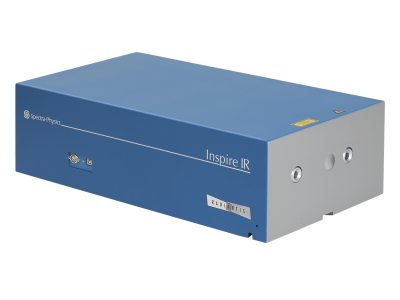
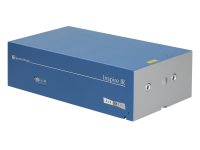
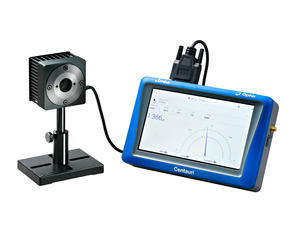
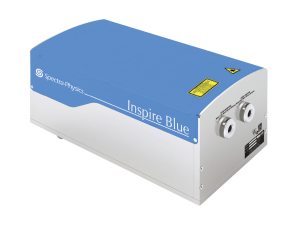
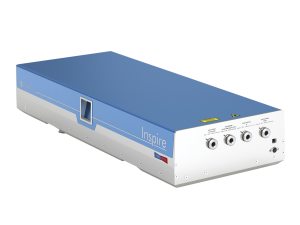
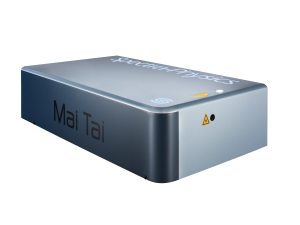
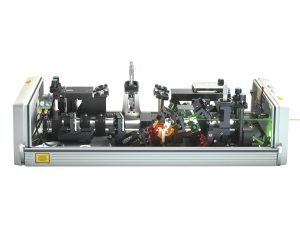
 Ultra-High Velocity
Ultra-High Velocity